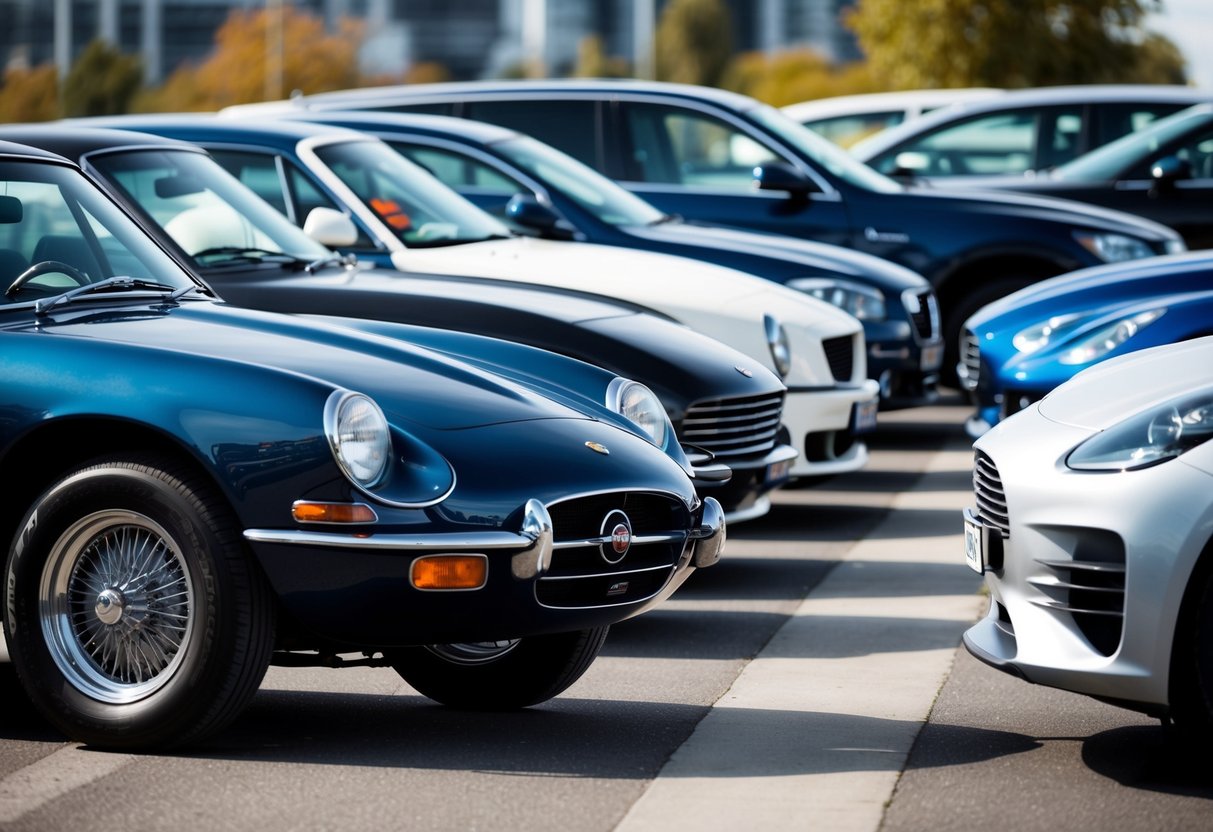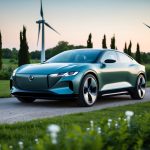
In recent years, a fascinating trend has emerged in the automotive industry: the revival of classic car designs in modern vehicles. This blend of past and present is more than just a nod to nostalgia; it enables car manufacturers to capitalize on the emotional connection that people have with iconic styles. Classic designs often serve as a canvas for innovation, where the timeless appeal of retro aesthetics meets cutting-edge technology.
Automakers are finding that retro design elements can differentiate their models in a crowded market. By tapping into the allure of bygone eras, they evoke nostalgia while appealing to drivers who appreciate a fusion of history and modernity. Elements such as streamlined shapes, distinctive grilles, and vintage-inspired interiors are being integrated into contemporary car designs, offering a unique driving experience.
This trend underscores an important shift in consumer values. People are increasingly drawn to products that tell a story, offer unique aesthetics, and provide a sense of familiarity amidst rapid technological change. From iconic chrome detailing to vintage color palettes, retro design in modern cars captures the imagination and drives enthusiasm among car enthusiasts and casual drivers alike.
Evolution of Retro Design in Modern Automobiles
Modern automobiles increasingly draw inspiration from classic car designs. These revived styles blend nostalgia with contemporary technology, evident in popular models. The inclusion of retro elements can boost appeal, aligning with consumer desires and market trends.
Influence on Current Market Trends
Retro design in automobiles reflects a nostalgia-driven demand. Consumers find comfort and value in familiar styles, driving manufacturers to incorporate classic aesthetics into new models. The Ford Mustang, for example, merges its iconic look with cutting-edge technology, appealing to both older enthusiasts and new buyers.
Similarly, the Fiat 500 was revived, offering a charming nod to its historical lineage while featuring modern amenities. These vehicles not only captivate with their appearance but also signify how the automotive market leans into heritage, crafting a bridge between the past and the present.
Case Study: The Volkswagen Beetle
The Volkswagen Beetle demonstrates the power of retro styling to create a successful modern iteration. After the original’s popularity in the mid-20th century, Volkswagen reintroduced the model with modifications to suit contemporary demands while retaining its symbolic silhouette.
This redesign maintained the car’s distinctive shape, enhancing it with modern performance and safety features. It showcased the potential for revitalizing classic models, proving that integrating historical design cues with current standards can attract a broad audience. The Beetle served as a pioneer in retro design, influencing both competitors and industry trends.
Resurgence of Classic Models
Classic models like the Ford Mustang and Fiat 500 highlight the resurgence of vintage aesthetics. These cars retain quintessential features while adapting to modern engineering guidelines. Such designs are pivotal in branding strategies, as they evoke emotional connections.
The Mustang, renowned for its muscle car image, persisted through redesigns without losing its essence. Similarly, the Fiat 500 gained new life as a compact, urban vehicle. The reintroduction of classic models serves as a testament to their timeless appeal. It underscores the consumer’s enduring desire for styles that blend the familiarity of the past with the innovation of today.
Nostalgia as a Marketing Tool
Nostalgia influences car design by drawing emotional and generational connections that resonate with consumers. Classic aesthetics are combined with modern technology.
The Emotional Connection
Car manufacturers tap into the emotional bond people have with classic car designs. By integrating vintage aesthetic elements into new models, they appeal to feelings of nostalgia. Many consumers associate fond memories with vehicles from their youth, and these memories evoke deep emotional responses.
Designers incorporate iconic design features like tailfins, chrome accents, or retro color palettes to rekindle past experiences. These touches create a sense of continuity between the eras, making classic styling a prominent selling point. Such features often become the focal point in marketing campaigns, reinforcing emotional ties with potential buyers.



